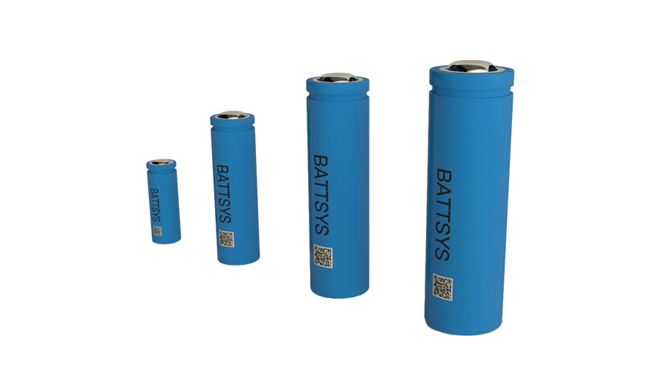Structure of
soft pack lithium battery.
Positive and negative, lithium battery electrolyte, diaphragm, and casing are key components of lithium batteries. Positive - Choose carbon electrode to digest and absorb lithium-ion batteries. During charging and discharging, lithium becomes a lithium-ion battery, freeing itself from the anodic oxidation of the rechargeable battery and reaching the negative electrode of the lithium-ion battery. Negative grade - Raw materials are selected to have lithium chemical substances placed as close as possible to the lithium battery position, such as various carbon materials, including pure natural high-purity graphite, high-purity graphite, carbon fiber materials, positive intermediate phase spherical carbon, and their hydroxides. Electrolyte solution - an organic solvent management system composed of LiPF6 butadiene carbonate, PE carbonate, and alkyl carbonate in combination with alkyl carbonate.
Diaphragm - Choose polyolefin microporous structure membranes such as PE, PP, or their composite bags, especially PP/PE/PP/PP three-layer pulse dampers, which not only have low melting points but also strong puncture resistance, making them suitable as thermal insulation raw materials. Shell - Made of steel or aluminum raw materials, the shell components can prevent explosions and power outages.

Application prospects of soft pack lithium battery pack
1. Hard pack lithium battery packs are more suitable for portable use, with specific requirements for indoor space and thickness, such as 3C consumer electronics products;
2. Although square batteries have a large individual capacity, they are heavy and clean, while hard pack lithium batteries have significant advantages in terms of specific energy. At present, single lithium batteries are also developing towards larger spaces and polymer batteries, which will be more in line with the requirements of mobile chargers in industries such as new energy vehicles.
Positive and negative, lithium battery electrolyte, diaphragm, and casing are key components of lithium batteries. Positive - Choose carbon electrode to digest and absorb lithium-ion batteries. During charging and discharging, lithium becomes a lithium-ion battery, freeing itself from the anodic oxidation of the rechargeable battery and reaching the negative electrode of the lithium-ion battery. Negative grade - Raw materials are selected to have lithium chemical substances placed as close as possible to the
lithium battery position, such as various carbon materials, including pure natural high-purity graphite, high-purity graphite, carbon fiber materials, positive intermediate phase spherical carbon, and their hydroxides. Electrolyte solution - an organic solvent management system composed of LiPF6 butadiene carbonate, PE carbonate, and alkyl carbonate in combination with alkyl carbonate.
Diaphragm - Choose polyolefin micro porous structure membranes such as PE, PP or their composite bags, especially PP/PE/PP/PP three-layer pulse dampers, which not only have low melting points but also strong puncture resistance, and can be used as thermal insulation raw materials. Shell - Made of steel or aluminum raw materials, the shell components can prevent explosions and power outages.
